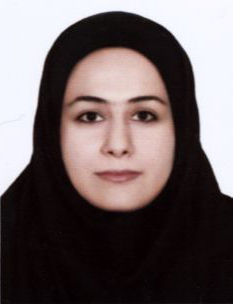An Encyclopedia of Herb-Disease, a Quick Shortcut for Herbal Research: A Comprehension Based on Iranian Herbal Studies
The use of herbal medicine has been faced with a huge welcome by patients and scientists, as well as drug industries. It seems that reducing the time of research, economizing investments with bettersafety, and conducting high-quality botanical research are essential and indispensable. This study aimed to introduce the first reciprocal herb-disease encyclopedia and to recount some of the salient points of herbal research based on Iranian studies. A search limited to Iran was conducted using 36 search termsin the data banks Pubmed, Scopus, ScienceDirect, Wiley, and SpringerLink up to the end of 2012. Data including the investigated disease(s) and common and scientific names of the investigated herbs were extracted from the
titles and abstracts of 1310 articles. Investigated subjects and diseases have been categorized in 18 groups: cancer, cardiovascular, cellular-molecular, embryology, endocrinology, genito-urology, gastrointestinal, gynecology, immunology, infectious, metabolism, mucocutaneous, musculoskeletal, neuroscience, ophthalmology, renal, reproductive, and respiratory topics. Herbs including Crocus sativus L., Allium sativum L., and Zataria multiflora Boiss from totally 560 studied herbs were the most studied ones. Only 69 of 560 studied (12.5%) herbs were endemic to Iran. Due to the vast majority of information available for herbs and diseases, an herb-disease encyclopedia comes to the help of herbal researchers and enthusiasts to find that which herb is useful or recommended for which kind(s) of health problems, and/or for the management, pretreatment or treatment of a specific disease or disorders.

Leave a Reply